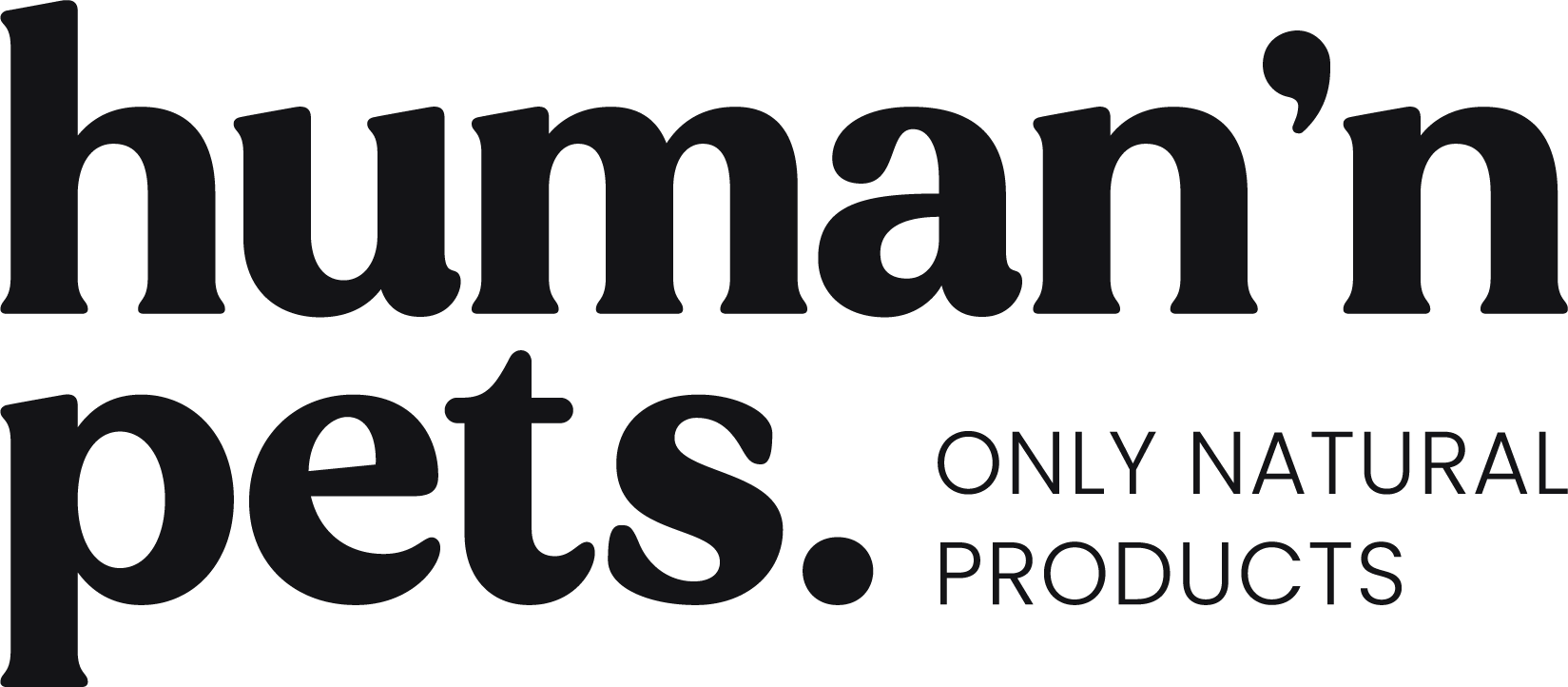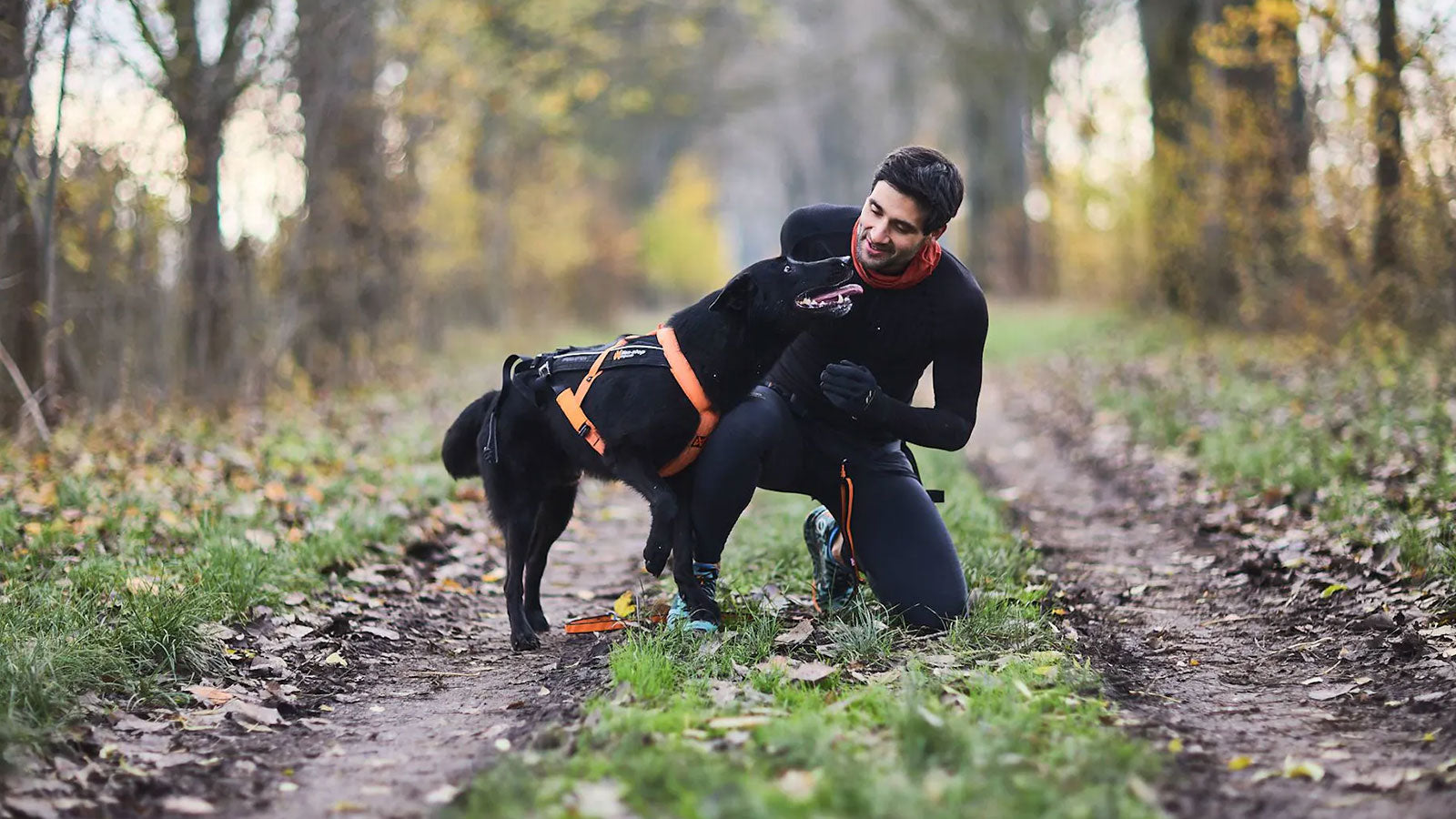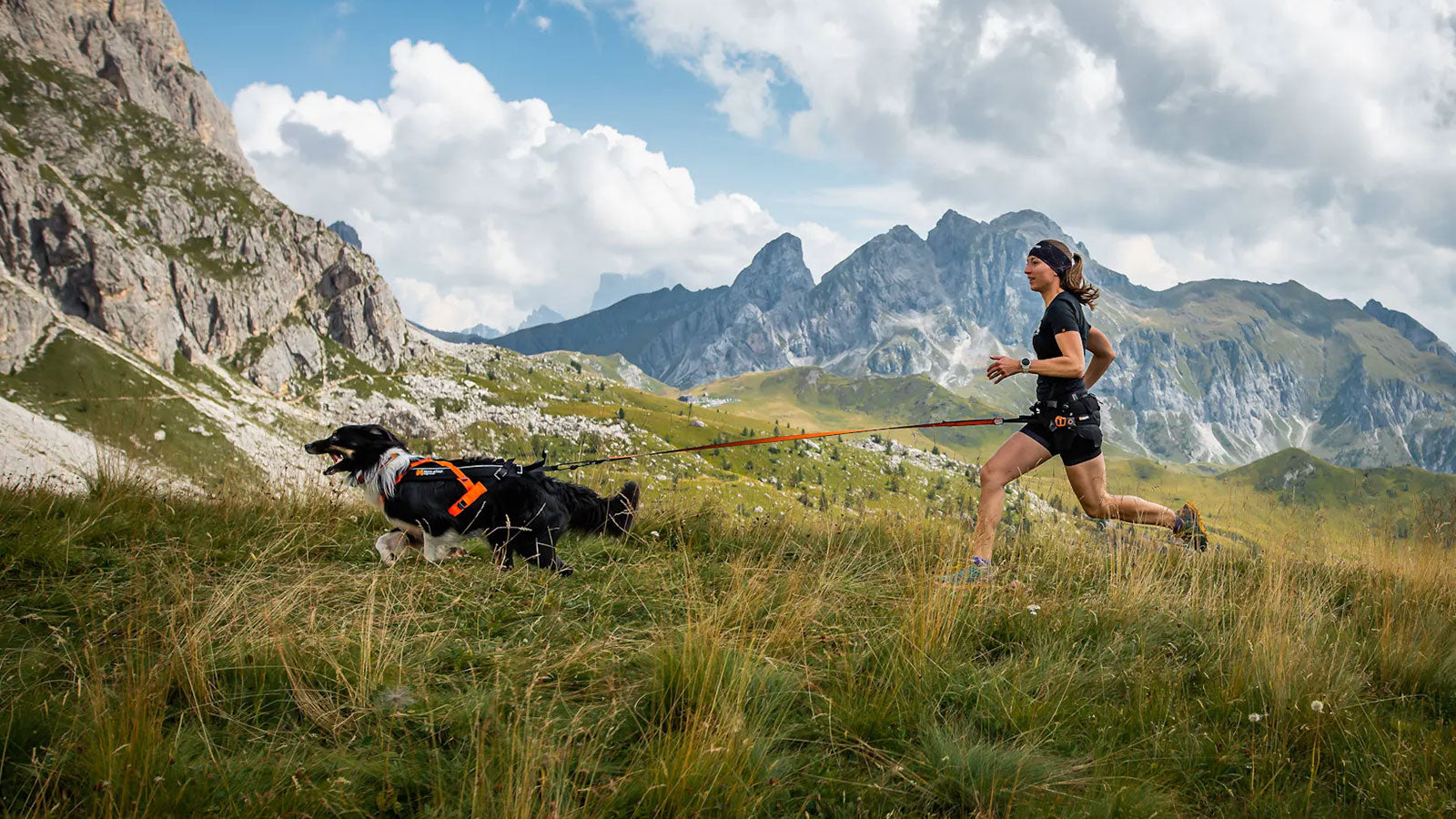The AAFCO (Association of American Feed Control Officials) "complete and balanced" claim indicates that the food contains all the essential nutrients required for most dogs to maintain good health for at least six months, with a shorter duration for puppy or kitten diets.
Feeding a raw diet, however, is akin to preparing your own meals: you consume a variety of foods, expecting that your nutrient needs will be met over time. However, nutrient imbalances can occur in a raw diet for several reasons:
- The diet may not be well-planned, leading to deficiencies or excesses of certain nutrients.
- The animal might have an impaired ability to absorb or utilize certain nutrients due to health conditions or genetic issues.
- In some cases, both factors might be at play, exacerbating the risk of imbalances.
Even with a well-planned raw diet, pets with impaired nutrient absorption or utilization may still struggle to obtain all the necessary nutrients. It is essential to recognize that while nutrient imbalances are also a risk within processed diets, a carefully planned, raw, species-appropriate diet is generally recommended for optimal health. However, if you choose to feed a processed diet, we strongly recommend selecting one that is both veterinary-approved and AAFCO-approved. Yet, it's important to understand that even AAFCO approval is not a guarantee, and owners should remain vigilant about potential nutrient deficiencies.
How to Minimize Nutrient Imbalances
The most effective way to ensure a balanced raw diet for your pet is to offer a diverse mix of meat, bones, organs, and green tripe from a variety of prey sources. Dogs and cats are carnivores, and an appropriate diet for them closely mimics what they would consume in the wild—a variety of prey animals, mostly small herbivores. This approach is supported by studies in zoology and nutritional ecology.
In the wild, cats and dogs may have a preferred prey source, but they never rely solely on a single prey type. Instead, they consume a variety of prey, which provides a wide range of nutrients. Moreover, the nutrient composition of prey animals varies with the seasons, offering additional variety in their diet. We recommend feeding your pet from at least three different prey species over the course of a week to emulate this natural diversity.
It's important to note that wild cats and dogs do not subsist on just meat; they also consume bones, organs, and often tripe. Feeding an all-meat diet can lead to dangerous mineral deficiencies, seriously jeopardizing your pet's health. For this reason, it's crucial to include all parts of the prey in your pet's diet.
The Importance of Gastric Acid in Raw Diets
Wild cats and dogs produce strong gastric acid, which aids in digesting their raw diet and neutralizing any pathogens that may be present in their food. The production of this strong acidity is largely dependent on the level of protein in their diet. Therefore, it is essential not to dilute the protein content of a raw diet by mixing it with processed food, which is typically high in carbohydrates. We recommend feeding either a raw diet or a processed diet, but not a combination of both.
If you suspect that your dog or cat is not producing adequate gastric acid, it might be wise to temporarily avoid feeding them bones. In such cases, it's crucial that these pets consume minced products containing ground bone to ensure they meet their mineral requirements. Consult with your veterinarian if you have concerns about your pet's gastric acid production or their ability to digest their raw diet properly.
Raw Feeding Isn’t a Panacea
Many pet owners witness dramatic health improvements when switching their pets from a processed diet to a well-planned raw diet. However, it's important to remember that raw feeding is not a cure-all and will not resolve every health issue. If your pet has ongoing medical problems, please consult with your veterinarian before making any dietary changes. This is especially important for pets with conditions that require careful management, such as diabetes.
If you are feeding a processed diet and your pet is unwell, notify your veterinarian before transitioning to raw feeding. Some health conditions require close monitoring during dietary changes, and your vet can provide guidance on how to make the switch safely.
Finally, if you do not observe the improvements you expected after switching to a raw diet, do not hesitate to consult with our staff. We can recommend appropriate adjustments to the diet to better meet your pet's individual needs.






Share:
Raw Feeding Starter Guide
Switching Your Senior Dog to a Raw Diet: A Comprehensive Guide